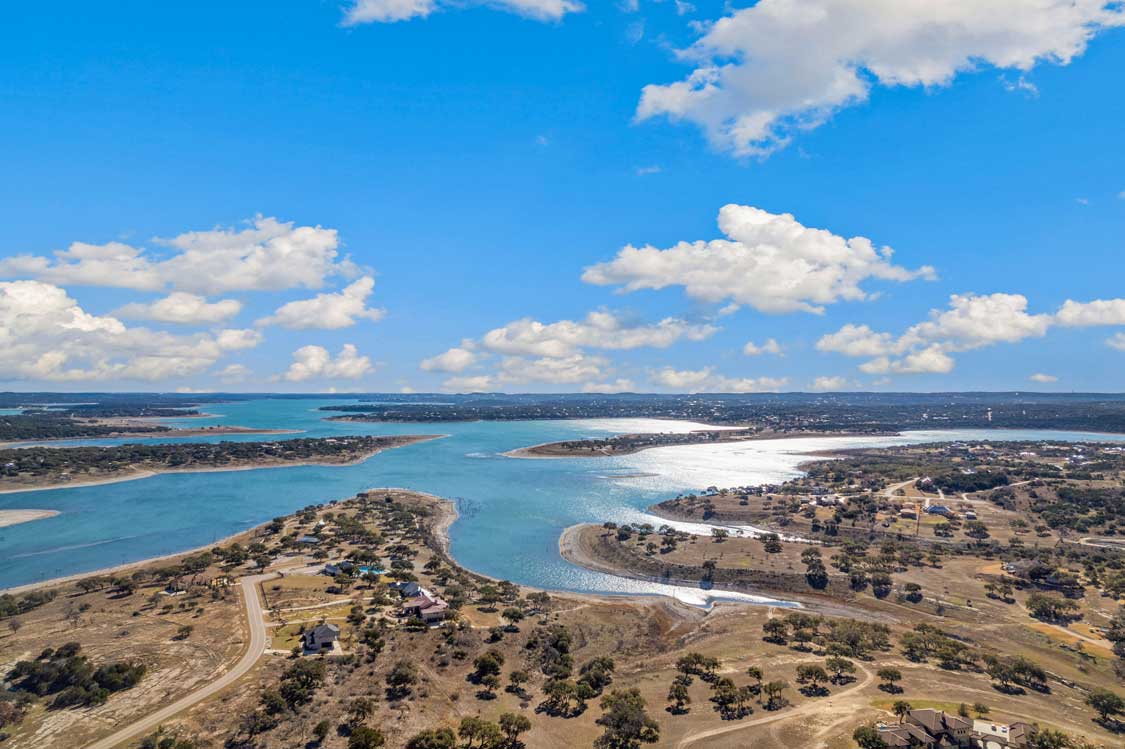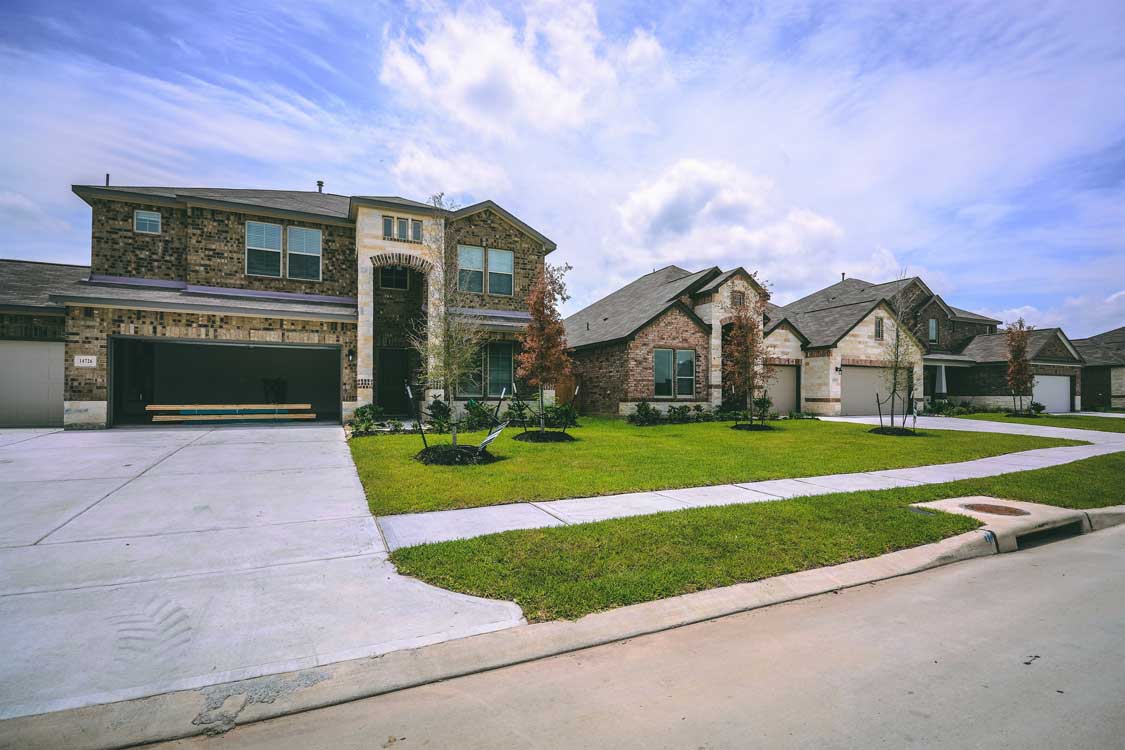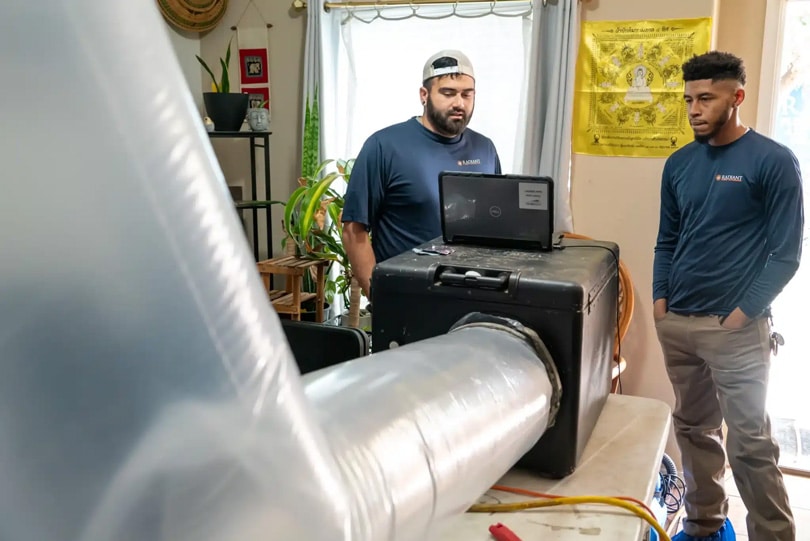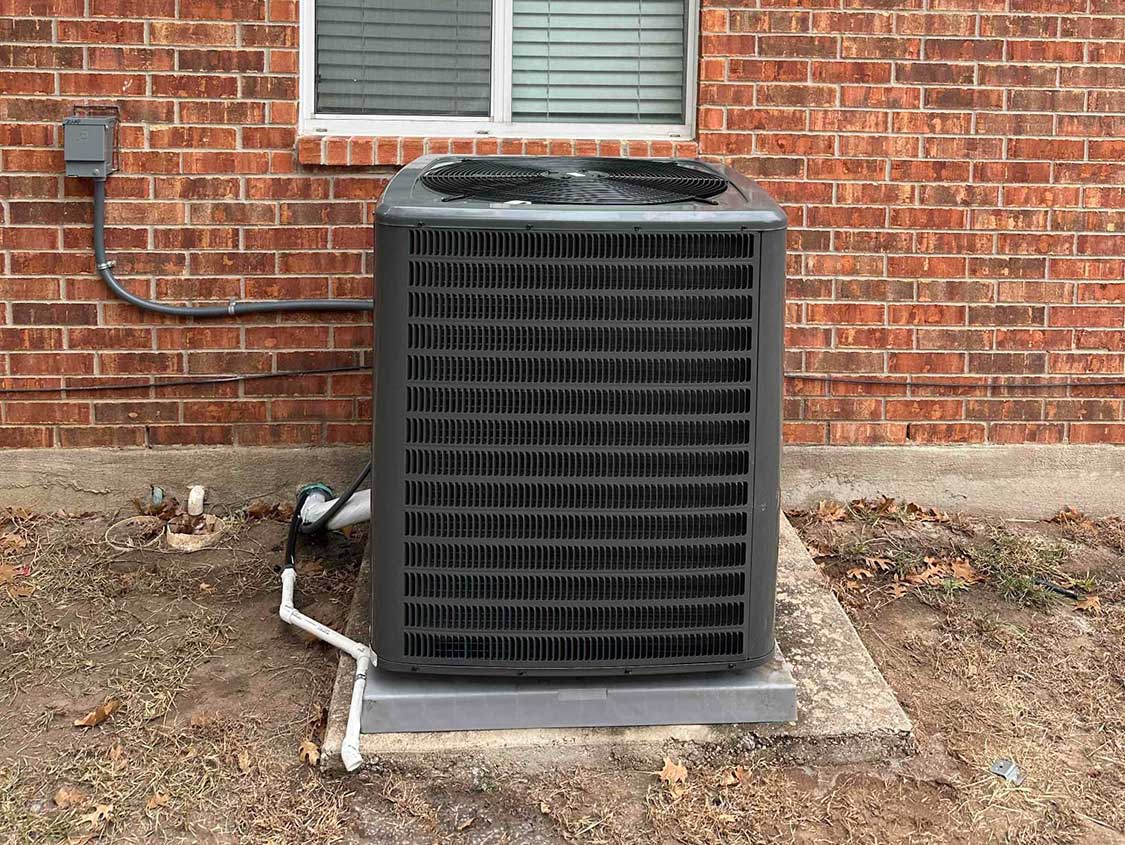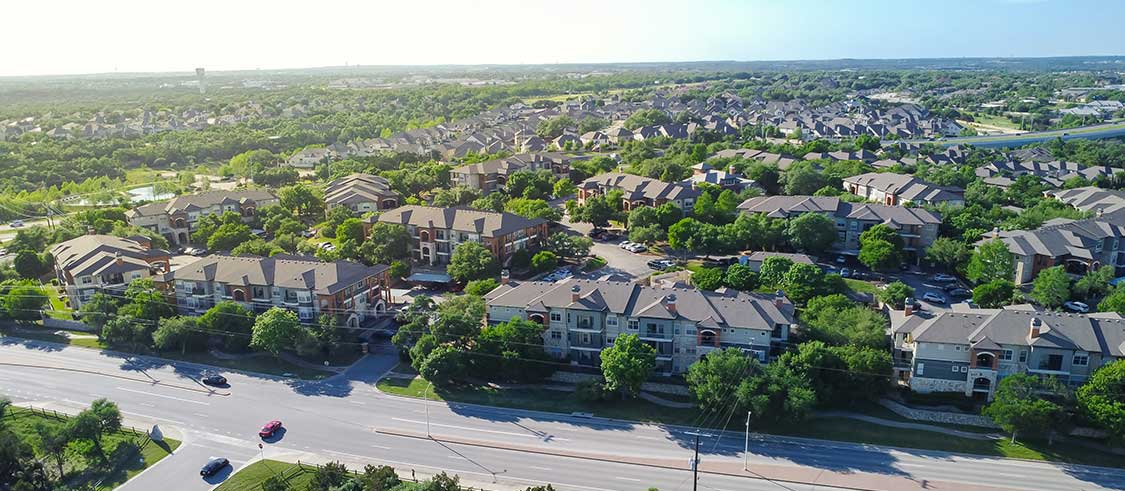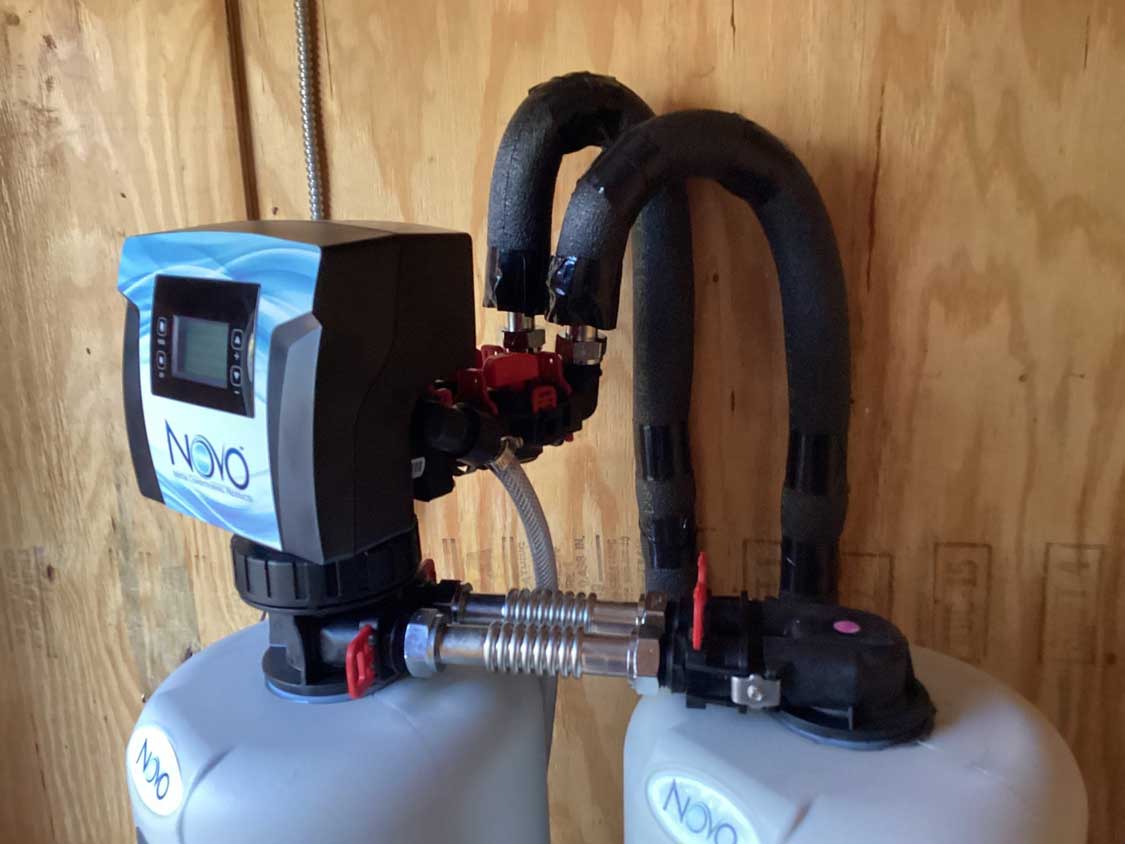When you live in Central Texas, water is always top of mind. Austin and San Antonio continue to grow quickly, drought conditions are still part of daily life, and both cities are investing heavily in long-term water supply infrastructure. All of this shows up on your monthly water bill — and 2026 is shaping up to be a year where many homeowners will notice changes.
The good news? Once you understand how your bill works (and what actually drives the cost), you can take control of it. In fact, a few smart plumbing upgrades can push your household into lower-cost tiers, protect you from creeping wastewater charges, and help lower your bill long-term.
This guide will walk you through the basics of calculating your 2026 water bill — for both Austin and San Antonio — and show you how to tell if simple water-saving upgrades are worth it for your home.
Why 2026 Water Bills Are Changing (and What That Means for Your Home)
Central Texas doesn’t have endless water. Austin depends heavily on the Highland Lakes. San Antonio draws the majority of its supply from the Edwards Aquifer — a unique underground water source that becomes restricted during drought. As population rises and water levels fluctuate, both cities are adjusting their rate structures to encourage conservation and fund major system upgrades.
For homeowners across the area, this means two things:
- Your bill will depend more on how much water you use, especially outdoors.
- Avoiding leaks and inefficiencies matters more than ever, because higher tiers jump in cost quickly.
Understanding the math behind your bill is the first step toward lowering it.
How to Estimate Your 2026 Water Bill
Water bills aren’t actually complicated — they just look complicated. Once you break them into pieces, both Austin and San Antonio follow the same basic pattern:
- A fixed base charge
- Tiered rates based on how much you use
- Wastewater charges (based on your winter usage)
- Additional fees or surcharges
The difference is how each city calculates these elements.
Austin Water: What Homeowners Need to Know
Austin’s structure is built to strongly reward low use and gently penalize higher use. It includes:
- A meter charge
- A fixed charge tier based on your total gallons for the month
- Tiered volume rates — the more you use, the higher the price per 1,000 gallons
- Surcharges that apply per 1,000 gallons
- Wastewater charges based on your winter average (Dec–March)
Why Austin’s system feels expensive: Tier jumps are steep. If you go just a little over 6,000 or 11,000 gallons, you fall into a more expensive bracket for the month — even if the difference is only a few hundred gallons.
The Takeaway: If your bill feels unpredictable, it’s because small usage changes can push you into a higher tier. Outdoor irrigation and leaks make the biggest impact.
San Antonio Water System (SAWS): What Homeowners Need to Know
SAWS uses a similar tiered model but with different cost drivers. Your bill includes:
- A base service charge
- Tiered usage rates
- A Water Supply Fee
- Edwards Aquifer management fees
- Possible drought surcharges
- Wastewater charges based on your winter average
SAWS’ tiers are generally more gradual than Austin’s, but San Antonio has more add-on fees tied directly to usage. This means the more gallons you use, the more these supplemental fees stack.
The Takeaway: High-use households pay more in cumulative fees. Every 1,000 gallons matters. Reducing your overall use has a direct and immediate impact.
A Simple DIY Water Bill Calculator
Whether you’re in Austin or San Antonio, the simple way to calculate your water usage:
- Find your total gallons used for the month (your bill shows this).
- Divide that number by 1,000 (because cities bill in “thousand-gallon” units).
- Apply your city’s tier rate to each portion of your usage.
- Add the city’s fixed monthly charge and any standard surcharges.
- Add wastewater charges based on your winter average.
- Add any drought or aquifer-related fees (SAWS only).
It doesn’t have to be perfect — even a rough estimate helps you understand how rising or falling use affects your total cost.
- Austin Homeowners: To view the most up-to-date fees, tier rates, and wastewater charges for your address, visit the official Austin Water rate sheet here.
- San Antonio Homeowners: To see the current SAWS fees, tiered pricing, Water Supply Fees, and Edwards Aquifer pass-through charges, check the official SAWS rate structure here.
The Hidden Water Wasters That Quietly Inflate Your Bill
Most homeowners assume their high water bill comes from showers or laundry. In reality, the biggest spikes often come from silent, easy-to-miss plumbing issues.
Here are the culprits Radiant plumbers see most often:
- Silent toilet leaks: A running toilet can waste anywhere from 200 to 5,000 gallons per month — often without a sound. Because wastewater is charged separately, this leak hits both sides of your bill.
- Dripping faucets or worn-out cartridges: Even tiny drips add up over 30 days. Old faucets also use more water per minute than modern fixtures.
- Long waits for hot water: If it takes 20–40 seconds for hot water to reach your shower, you’re literally paying for gallons of water that go straight down the drain.
- Hard-water scale buildup: Austin and San Antonio both have very hard water. Over time, scale clogs showerheads, reduces pressure, and shortens the lifespan of appliances — leading to inefficient water flow and longer run times.
- Irrigation leaks mistaken for plumbing leaks: Homeowners often misinterpret outdoor water losses. A cracked irrigation line or faulty valve can drive up your usage dramatically.
These aren’t dramatic events — they’re small, constant drips of wasted water that slowly raise your bill month after month.
When Water-Saving Upgrades Actually Pay Off
Not every upgrade is right for every home, but many homeowners see real savings from even small improvements.
Small Upgrades with Fast Payoffs
These often pay for themselves in a few months:
- Toilet flapper replacement
- Showerhead and faucet aerator upgrades
- Minor leak repairs
- Replacing worn faucet cartridges
- Adjusting water pressure
Larger Upgrades for Lasting Efficiency
Great for homes with older fixtures or frequent high-tier usage:
- High-efficiency toilets
- Water softeners (huge impact in our hard-water regions)
- Tankless water heaters
- Hot-water recirculation pumps
- Whole-home fixture modernization
These upgrades help you stay inside lower water tiers — and with both cities raising water infrastructure investments, that becomes more valuable every year.
How to Know If Your Home Would Benefit (Simple Checklist)
Here’s the homeowner-friendly way to evaluate:
- Does your bill spike during summer?
- Do you regularly cross into a higher usage tier?
- Do you hear a toilet re-filling occasionally?
- Do certain faucets have poor pressure?
- Do you wait a long time for hot water?
- Are your toilets, faucets, or showerheads more than 10–15 years old?
- Is your winter wastewater average higher than you expect?
If you said “yes” to even one of these, your home is likely wasting water in a way that adds unnecessary cost every month.
The 2026 Reality: Water Isn’t Getting Cheaper — But You Can Control Your Usage
Austin and San Antonio will continue investing in long-term water supply projects. Drought is still part of life in Central Texas. Rate structures will keep nudging homeowners toward lower use.
You can’t control regional drought.
You can’t control utility rates.
But you can control how efficiently your home uses water, and that can have a meaningful impact on both your monthly bill and your long-term plumbing health.
This is where Radiant can help.
Radiant Can Help You Lower Your Water Bill
Radiant technicians work every day to help Central Texas homeowners reduce water waste. Here are the services that make the biggest difference:
Professional Services That Reduce Your Water Usage
- Whole-home leak detection
- Toilet diagnostics and repair
- Fixture upgrades and replacements
- Water heater repairs or conversions (including tankless)
- Hot-water recirculation solutions
- Water softener installation
- Irrigation system troubleshooting (to identify plumbing vs. irrigation issues)
Each service is designed to eliminate waste, improve performance, and help you stay within lower-cost usage tiers.
Why Care Club Members Save Even More
Radiant’s Care Club is built for long-term efficiency and peace of mind. Members receive:
- Annual plumbing inspections
- Water heater flushes and performance checks
- Priority scheduling
- Discounts on repairs and services
- Early detection of leaks, scale buildup, and efficiency issues
This matters because water waste is rarely dramatic.
It’s usually slow, silent, and steady — and Care Club helps catch the issues long before they inflate your bill.
Just Call Radiant.
Your 2026 water bill doesn’t have to be a surprise. Once you understand how your usage affects your tier — and how small plumbing issues quietly add gallons — you can make informed decisions that keep monthly costs predictable.
And if you want help diagnosing where your home can save the most water, Radiant Plumbing & Air Conditioning is here to help.
Ready to lower your water bill and make your home more efficient? Schedule a water-efficiency inspection today — or ask about joining our Care Club for long-term savings.

